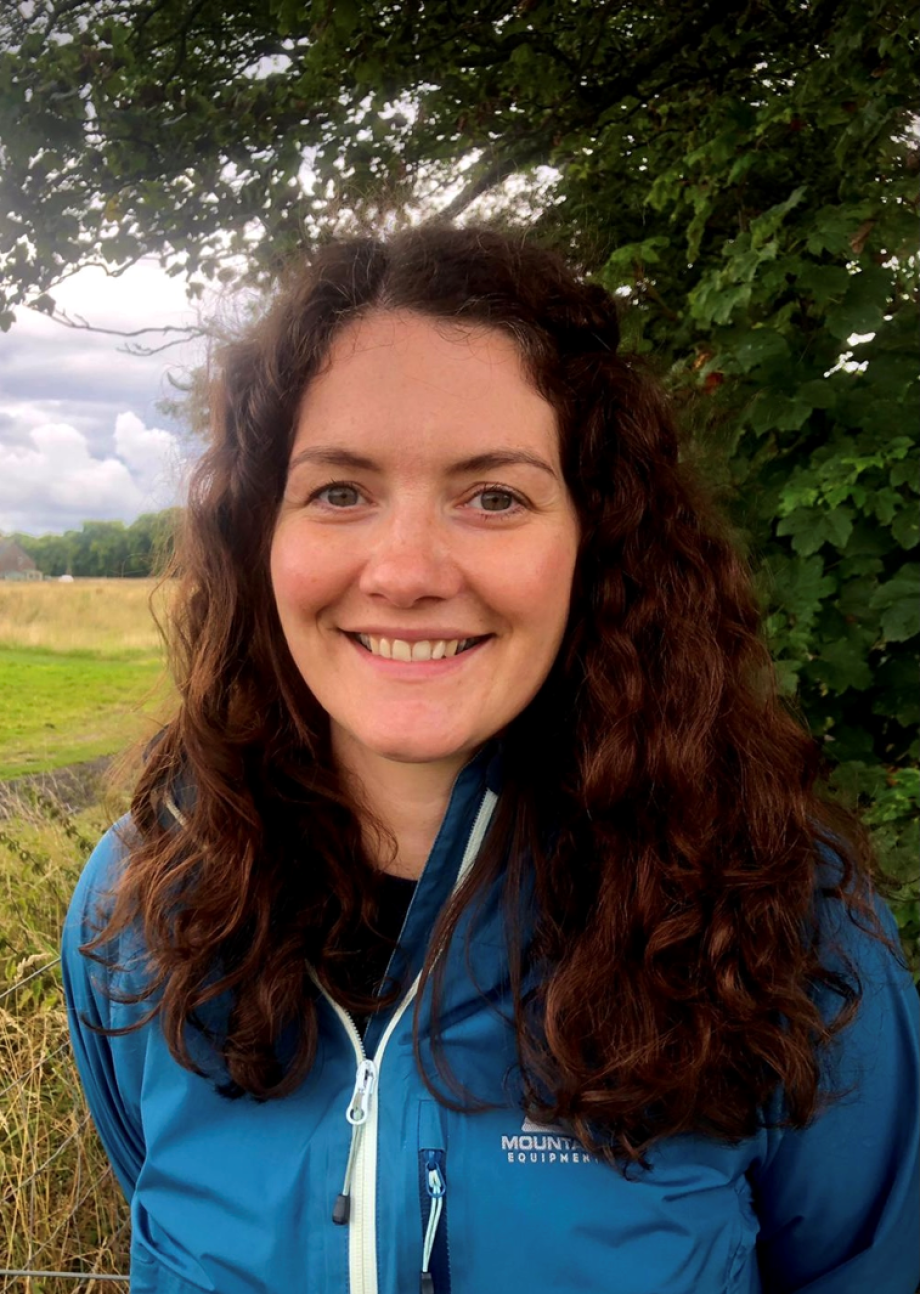There is no safe level of air pollution, Low Emission Zones are just the beginning

Guest blog from Dr Heather Price, Senior Lecturer in Environmental Geography at the University of Stirling and UKRI Regional Clean Air Champion for Scotland
While much of Scotland now meets the air pollution levels required by law, this doesn’t mean our air is always healthy for everyone. Some people, such as children, older people and pregnant people are more at risk of harm from breathing dirty air.
Air pollution in Scotland is often considered to be much better than in other parts of the world, however, the World Health Organisation (WHO) has recently updated its Air Quality Guidelines, highlighting a growing understanding of the health risks posed by air pollution, even at low levels. The reality is that there is no safe level of air pollution, so the more we can do to try and improve our air, the better.
Two of the most important air pollutants for human health are the gas nitrogen dioxide (NO2) and the tiny particles that can be breathed deep into our lungs (particulate matter under 2.5µm in diameter (PM2.5)).
A recent Scottish Government survey found that the public believes transport is the biggest contributor to air pollution in Scotland, and evidence from measurements shows it contributes much of the NO2 in our air and some of the PM2.5, too.
Low Emission Zones (LEZs) are one tool which can be used to reduce air pollution from road vehicles in cities, and the evidence for the important role that they can play in helping to reduce air pollution is growing.
There is now emerging evidence linking LEZ-related reductions in air pollution to human health benefits. A recent study reviewed scientific evidence that has measured the impacts of LEZs on health. They found that LEZs were linked with improvements in air pollution-related public health outcomes, particularly for cardiovascular (heart) diseases. Less is known about the long-term impacts of LEZs on health, and this is an area for future research.
However, LEZs are not a ‘silver bullet’. It’s important to remember that road vehicles are just one of many sources of air pollution. In Scotland, for example, other important sources of particle matter include solid fuel burning in homes, industry and agriculture. It’s also a myth that air pollution is restricted to cities. In fact, Scotland’s villages can have their own air pollution problems to deal with, for example, due to wood-burning stoves.
LEZs are part of a package of measures that are needed to keep improving air quality from various sources across the country. However, we really need a better understanding of what works and what doesn’t, and that’s where new research comes in.
One funding programme that is dedicated to clean air research is the UK Research and Innovation (UKRI) Clean Air Programme. This £42.5 million investment in clean air research across the UK aims to proactively tackle new and emerging air quality issues, for example, research is helping us to better understand indoor air pollution and the impacts of air pollution on vulnerable population groups.
As UKRI Regional Clean Air Champion for Scotland, I support the Clean Air Programme to help get the research findings out to the people who can make use of them – everyone from policy makers to you and me.
It's important that we get on and start doing the things that we know work to improve air quality (like LEZs), but it’s also important for us to keep learning about solutions to this varied and changing problem if we’re going to see the significant improvements in air quality that will benefit us all.
To find out more about the Clean Air Programme, go to ukri.org/what-we-do/our-main-funds-and-areas-of-support/browse-our-areas-of-investment-and-support/clean-air/.
